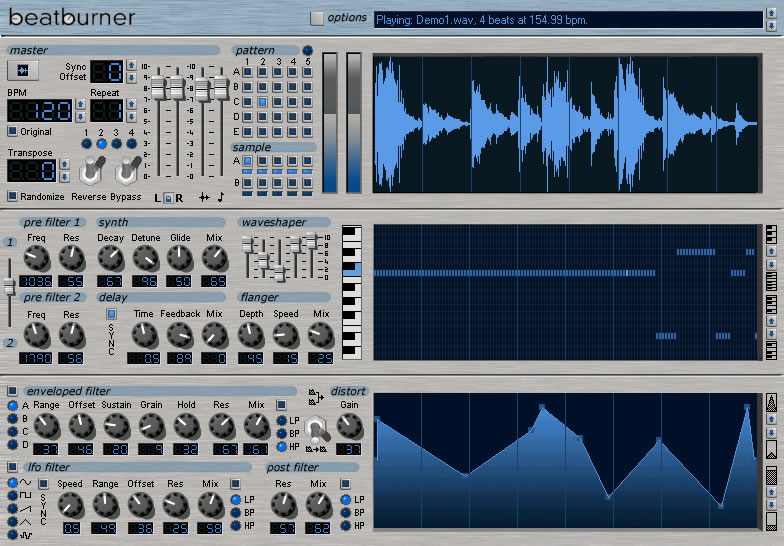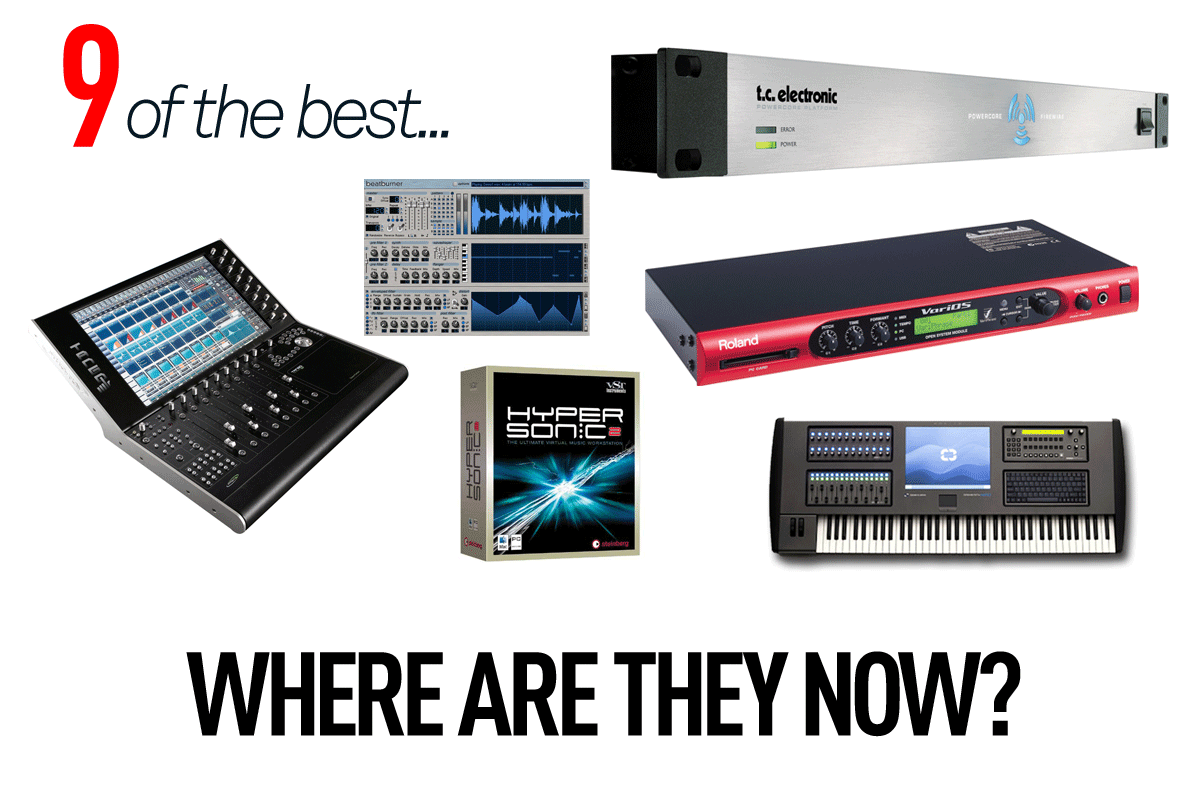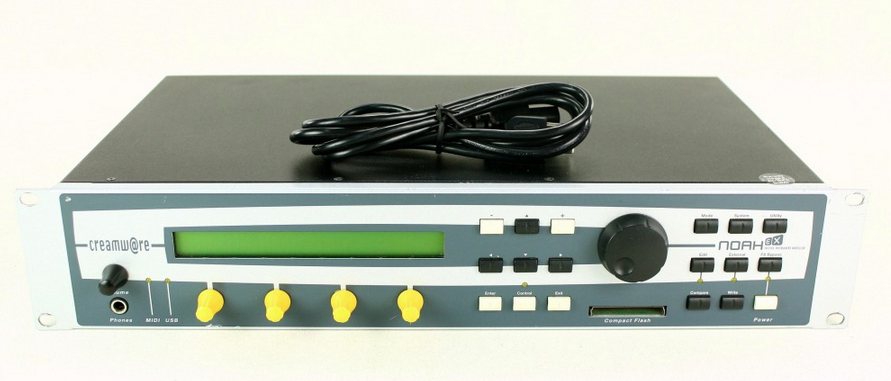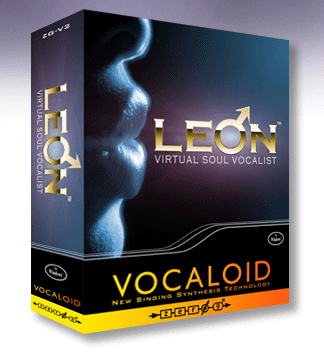The 9 Best – Where are they Now?
While some of these were far more successful than others, all of them threatened world greatness but are no longer with us (in their original forms anyway) Here’s 9 of the very best music tech that has vanished off the radar… Roland VariOS Roland’s attempt at a hardware-software hybrid device was pretty forward-thinking at the […]

While some of these were far more successful than others, all of them threatened world greatness but are no longer with us (in their original forms anyway) Here’s 9 of the very best music tech that has vanished off the radar…

Roland VariOS

Roland’s attempt at a hardware-software hybrid device was pretty forward-thinking at the time, and promised hardware-backed virtual studio technology, and even virtual 303s and Jupiter synths, plus variphrase technology for time and pitch shifting.
At £1,000, it proved too expensive for the mass market, with the latter sampling technology soon introduced within DAWs. Virtual Roland synths within hardware live on in the company’s System-1, however…
Openlabs/Mediastation

Here were two companies that attempted to bring huge – and we mean huge – workstations to the masses. OpenLabs’ Neko was literally a PC running pretty much whatever you wanted, with high-quality interfacing and keyboards as standard.
The £2,000 Mediastation did pretty much the same thing for Linux users. Neko was reviewed by this writer positively – well I managed to use Cubase with a touchscreen and play the PC strategy/shooter Hidden & Dangerous on it. OpenLabs has since gone into music software with its Stagelight app – and Lionstracs is doing, we think, industrial power generators.
Creamware Scope/Noah

Creamware was one of the first companies to bring out software studio tools, albeit with the need for extra SHARC hardware power to run them. The technology first appeared on soundcards that ran on PCs, while the Noah was a standalone rack unit. Creamware was bought by Sonic Core in 2006, which still runs Scope software across Mac and PC platforms.
Interestingly, Creamware was also responsible for a range of hardware synth emulations, including the Minimax and Pro 12 – based on the Moog and Prophet synths. With everyone now doing these, you could consider that back in 2004 they were ahead of their time…
Feeltune Rhizome

A DAW controller and VSTi controller that claimed to be able to do it all without a computer. Trouble was, you needed a computer to update and install everything, and it cost nearly €4,000. Nice idea, but…
Tango SmartConsole

Whereas pretty much every other product in our ‘Whatever happened to…?’ section made it to market – and in many cases had a good run and healthy sales – we’re not convinced so many people got their hands on this one.
Which is a shame, as a touch-sensitive, dedicated controller (that looks a bit like a laptop) for Logic, Cubase and Pro Tools looked like a sure-fire winner at the time. The £6,645 price was probably the deciding factor, though…
TC Electronic Powercore

Releasing a hardware rackmount box with nothing more than a blue light on it might seem like commercial suicide, but when that box ran high-quality plug-ins for sublime recording and mixing, it made sense.
And when you wrapped it up in a slick FireWire unit that eased effortlessly – for the time – into most DAW set-ups, you had a winner on your hands – until 2011, when TC wrapped up any future development. I still say that the Access synth used on it was one of the finest sounding out there…
Steinberg Hypersonic

Hypersonic was touted as a complete workstation in software and, in a sense, it offered just that. But whether it was just misunderstood or not well implemented, the software was never really adopted en masse, although v2 hung around for longer than many thought, and is still compatible with relatively new OS’.
It turned out that sleek, easy and low on system resources were not what people wanted and multi-GB libraries, where sound quality is key, have been adopted instead.
Zero-G Vocaloid

Over the last dozen years, technology and the voice have become entwined with products such as Melodyne and AutoTune. Vocaloid hasn’t quite become the ‘Hoover’ of that world yet, though.
It started out life attempting to create voices from scratch, and while some commentators (this one included, it has to be said) were distressed by the results, others at MT described it as “devastatingly authentic” – what a dull world it would be if we all agreed. Zero-G was responsible for putting out early efforts, but Yamaha now regularly releases new versions which are bound to be improvements over the original…
Code Audio BeatBurner

The full name was BeatBurner VSTi, as VST technology was new back then so you had to clearly state if it was part of the new gang on the block. This software used, essentially, a synthesis engine to loop and mangle 300 supplied samples.
It doesn’t sound much in today’s landscape but back then, £50 was incredibly cheap for software of this power, and many producers were so in awe of the software that they used it on every beat and loop in every song they could. Or was that just us?